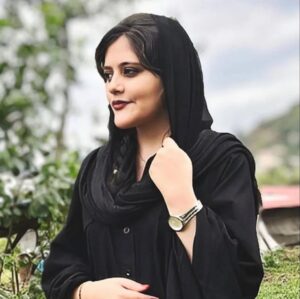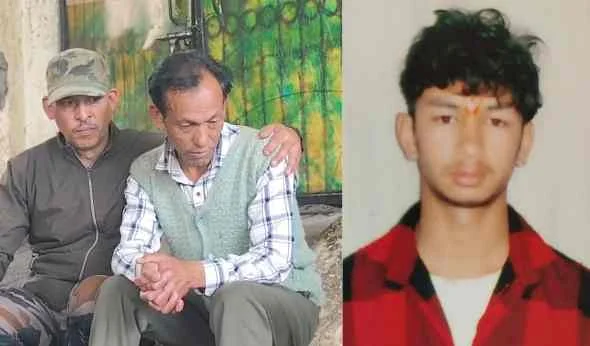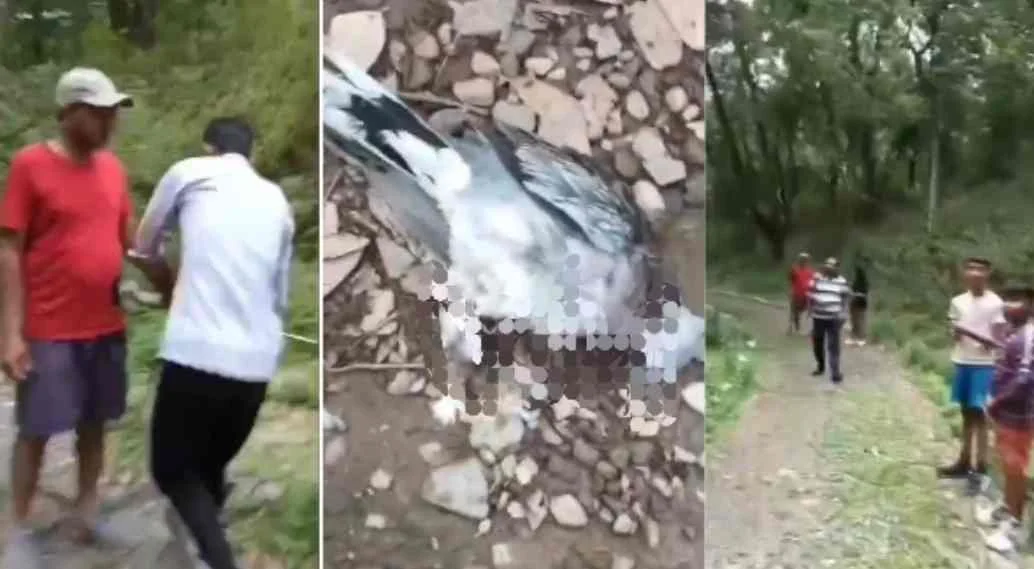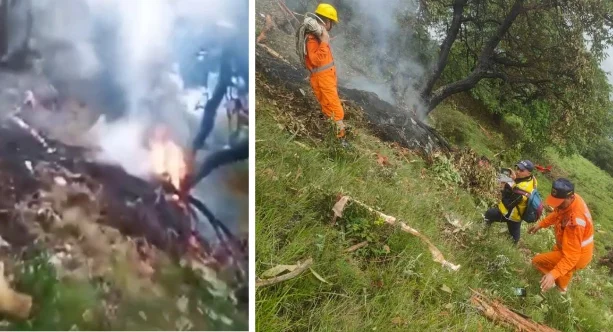
Security Presence Heightened Across Tehran and Other Iranian Cities as Nation Marks One Year Since Mahsa Amini’s Tragic Passing

Mahsa Amini’s tragic story began when she was leaving a Tehran metro station with her family, only to be apprehended by morality police for alleged violations of Iran’s compulsory hijab regulations, which have been enforced since the 1979 Islamic revolution. She was transported to a re-education center, where women are instructed on proper dress code compliance, as seen in surveillance footage released by Iranian authorities. Disturbingly, she collapsed during her time there and was subsequently admitted to a hospital, where she tragically passed away a few days later.
While Iranian authorities asserted that her death resulted from pre-existing medical conditions, her parents contested this narrative, suggesting that she may have been subjected to physical abuse.
In response to Mahsa Amini’s untimely death, protests initially erupted outside the Tehran hospital where she was treated and later spread to her hometown of Saqqez, ultimately gaining momentum in cities and towns throughout Iran. These demonstrations underscore the broader societal and political issues surrounding women’s rights and personal freedoms in the country.
Months after the street protests had gradually subsided earlier this year, foreign-based human rights organizations reported a harrowing toll, with more than 500 individuals losing their lives, including a distressing count of at least 70 minors.
The Iranian authorities only released an official death toll during the early days of the protests, which were still ongoing at that time. According to the state security council of the interior ministry’s statement, more than 200 individuals had perished. This figure included individuals who were labeled as having died in various circumstances, such as during “terrorist acts,” in confrontations with foreign-affiliated groups, or being portrayed as victims of state violence. The categorizations encompassed “rioters” and “armed anti-revolutionary elements” who were alleged to be members of secessionist organizations.
The protests also led to the arrest of thousands of individuals, with most being granted amnesty following a pardon issued by Supreme Leader Ali Hosseini Khamenei in February. However, some individuals, including several journalists, remain incarcerated, highlighting the ongoing human rights concerns in Iran.
Must read
- US Imposes Fresh Sanctions on Iran Amidst Impending Prisoner Swap
- Reflecting on ‘Woman, Life, Freedom’: Iran One Year After Mahsa Amini’s Tragic Passing
- Britain, France, Germany Stand Firm on Ballistic and Nuclear Sanctions Against Iran
- Iran’s Unique Offer: Ronaldo Offered Special SIM Card for Unblocked Internet Access
https://www.aljazeera.com/news/2023/9/16/iran-one-year-after-the-death-of-mahsa-amini
Iran’s Situation
Over the weekend, security forces in Tehran, including specialized counterterrorism units, were deployed to key city squares and streets. There have also been reports of an increased security presence in other cities, with the aim of preventing any potential unrest.
In a television program earlier in the week, Intelligence Minister Esmaeil Khatib reiterated Iran’s official stance that the protests were instigated and supported by foreign actors, particularly from Western countries, and characterized them as “riots” and “terrorist” operations.
Iranian media has also reported on Saturday about the dismantling of what they describe as “networks of rioters and saboteurs” in various cities.
Furthermore, President Ebrahim Raisi met with the families of security forces based in the influential northeastern city of Mashhad who lost their lives during the protests, underscoring the government’s response to the events and its support for security personnel.
Iranian expatriates organized a demonstration in Brussels on Friday, and similar protests were anticipated in various locations across Europe, as well as in Canada and the United States.
On the eve of the anniversary of Mahsa Amini’s tragic passing, the United States, the European Union, and the United Kingdom independently unveiled new sanctions targeting several Iranian officials and entities. These sanctions signify international responses to ongoing human rights concerns and events in Iran.







